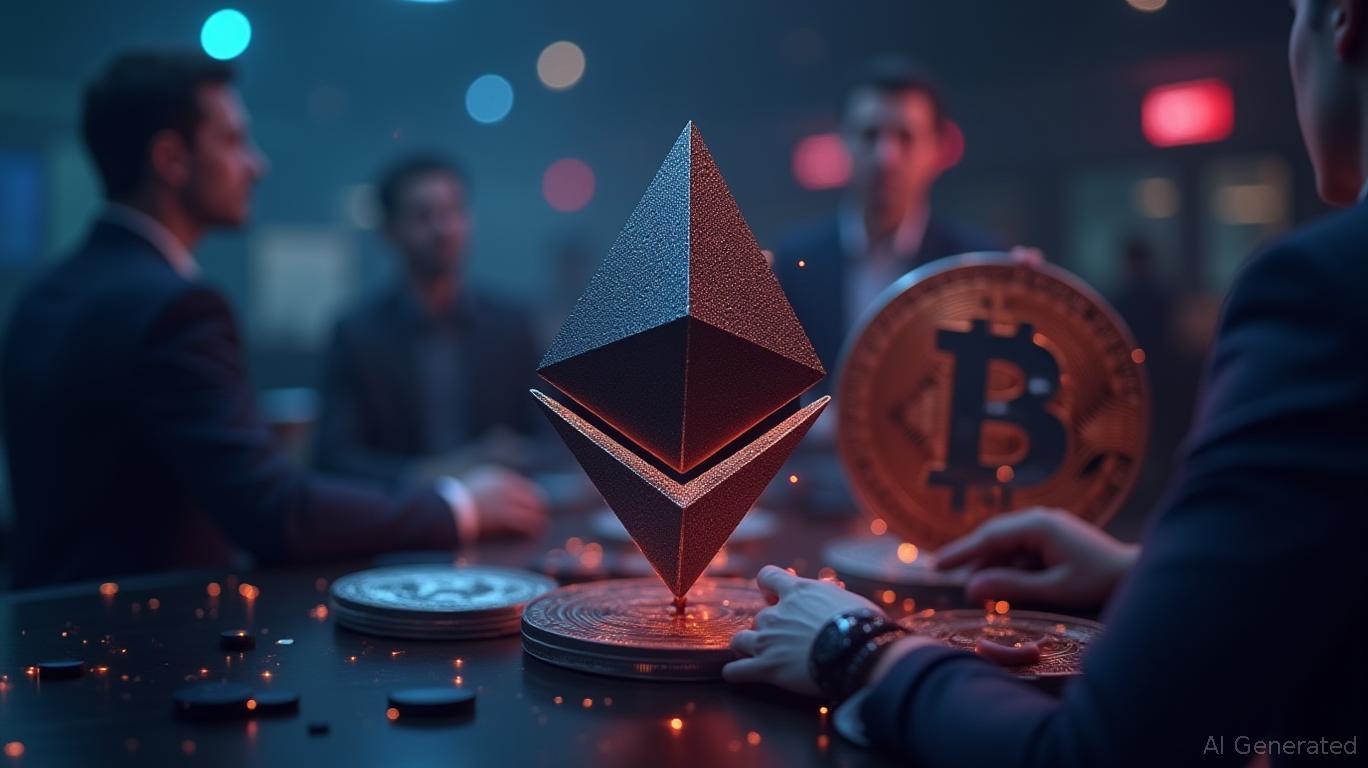AInvest Newsletter
Daily stocks & crypto headlines, free to your inbox
Bitcoin and Ethereum ETF investments have been diverging significantly in recent days. Bitcoin ETFs experienced $1.2 billion in redemptions over three days as investors took profits at all-time highs. In contrast, Ethereum ETFs saw their 12th consecutive day of inflows, totaling $634 million. This divergence highlights growing institutional interest in Ethereum while suggesting sustained profit-taking on Bitcoin, especially as retail demand stays muted.
Analysts attribute Ethereum's momentum to growing institutional interest and renewed confidence in the network's roadmap. Promises of 10x scaling improvements in the coming year have inspired more confidence among investors. Ethereum co-founder and Consensys founder and CEO Joseph Lubin celebrated the completion of a $425 million investment round by publicly traded gaming company
, which will use the funds to fuel its new Ethereum treasury reserve. Lubin emphasized the potential of stablecoins replacing dollars in global settlement and the role of Ethereum in creating a shared, open standard for programmable money.Despite the positive outlook, SharpLink Gaming's share price has been volatile. Its share price peaked at $105.59, slid to $46.34, and has since rebounded 29% to $71.60. Ethereum has risen above $2,600 and is currently trading 4.5% higher than it was this time yesterday. By contrast, Bitcoin has gained 1.8% since yesterday and is currently changing hands for just over $106,000.
Looking at the bigger picture, market momentum remains fragile with clear signs of rotational flows into altcoins. Analysts are maintaining a high-risk allocation and tilting further into outperforming assets. Specifically for Ethereum, the roadmap for the layer-1 has been inspiring more confidence among investors. The Ethereum Foundation co-director Tomasz K. Stańczak and Ethereum co-founder Vitalik Buterin have both expressed optimism about the network's growth, with promises of a tenfold increase in the next year. This shift in dynamic and communication has prioritized the L1 layer while still supporting L2s, giving more attention to the L1 layer.

Quickly understand the history and background of various well-known coins

Dec.02 2025

Dec.02 2025

Dec.02 2025

Dec.02 2025

Dec.02 2025
Daily stocks & crypto headlines, free to your inbox
Comments
No comments yet